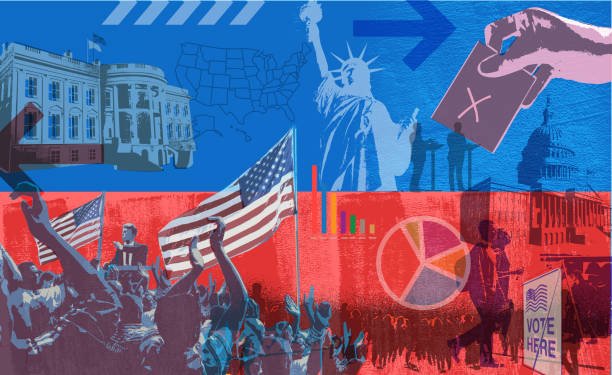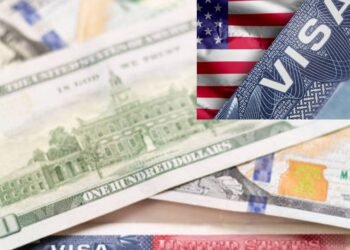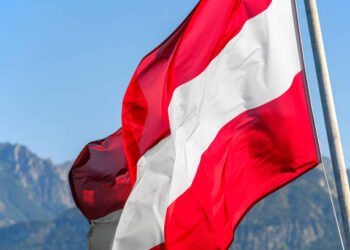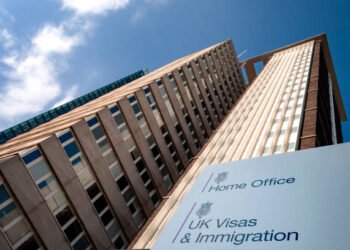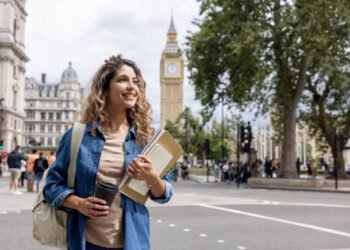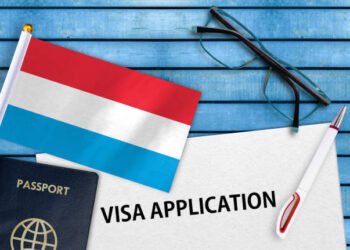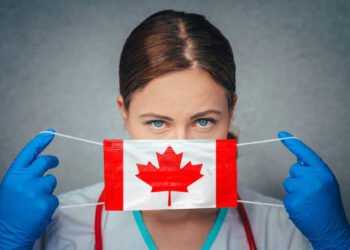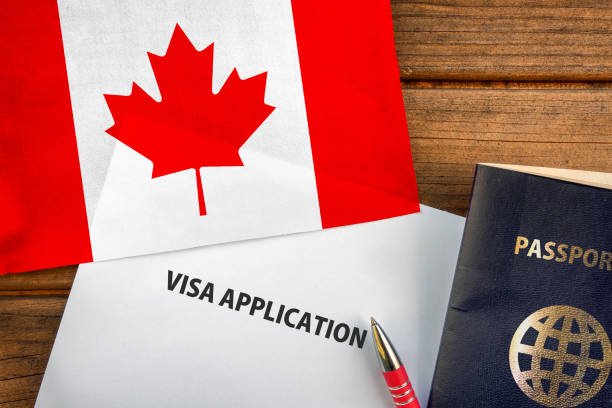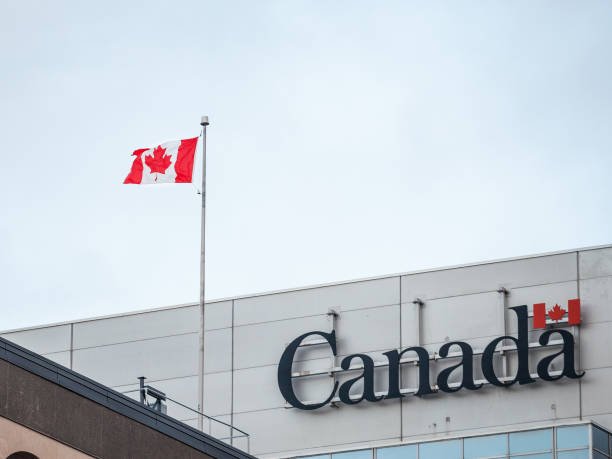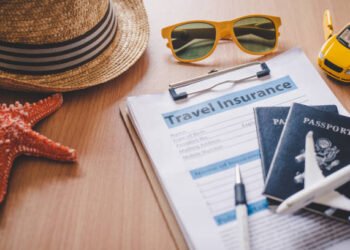Understanding the American Immigration Landscape
Overview of U.S. Travel and Immigration Opportunities
In 2025, the United States has remained one of the most desirable destinations for global travelers. The country has continued to offer various immigration and non-immigration routes tailored to individuals based on their intent of visit, whether for tourism, study, employment, family reunification, or humanitarian reasons. A complex but accessible system of visa categories has been established by the U.S. Department of State and U.S. Citizenship and Immigration Services (USCIS), enabling millions of immigrants and visitors each year to legally enter the United States.
Why Knowing the Right Route Matters
Travelers to the U.S. must first determine the purpose of their visit before applying for a visa or travel authorization. Each route has been designed to meet specific requirements and is governed by unique eligibility conditions. Knowing the most appropriate travel path has significantly increased the chance of visa approval, reduced processing delays, and supported longer-term plans, including eventual permanent residency or citizenship.
Travel for Work, Study, Tourism, and Family
Visas have been grouped into two major categories: immigrant (permanent) and non-immigrant (temporary). For example, those visiting the U.S. for a vacation may apply for a B-2 visa, while international students must obtain an F-1 or M-1 visa. Employment-based and family-based immigrant routes have been used to acquire green cards. Each visa has required an application process, interview, document verification, and adherence to the U.S. immigration laws.
Route 1: Tourist Visa (B-2 Visitor Visa)
Ideal for Vacation, Sightseeing, or Visiting Family
The B-2 visa has been granted to individuals visiting the United States for leisure, medical treatment, or to visit family and friends. This non-immigrant visa has not allowed employment but has permitted stays of up to six months.
Duration and Limitations
B-2 visa holders have typically been admitted for 3 to 6 months, with possible extensions under special circumstances. Holders have not been authorized to work or enroll in formal degree programs. Any violation of these conditions has led to visa revocation or future ineligibility.
Eligibility and Required Documents
Applicants must have proven their intent to return to their home country, financial stability, and purpose of visit. Documents have included a valid passport, DS-160 confirmation, proof of ties to the home country, and evidence of accommodation or itinerary in the U.S.
Route 2: Student Visa (F-1 and M-1 Visas)
For Full-Time Academic or Vocational Study
The F-1 visa has been issued to individuals pursuing academic programs at universities or colleges. M-1 visas have been allocated to vocational or technical students. Both categories have required applicants to be enrolled in SEVP-approved institutions.
Application Process and SEVIS Registration
Before applying, a Form I-20 must have been issued by the admitting institution and registered in the SEVIS (Student and Exchange Visitor Information System). The visa application has been submitted through the DS-160 form, and a SEVIS fee has been paid.
Work Rights for International Students
F-1 students have been allowed limited on-campus employment during their first year and off-campus employment after meeting eligibility. Optional Practical Training (OPT) and Curricular Practical Training (CPT) have enabled students to gain experience related to their field of study.

Route 3: Work Visa (H-1B, L-1, O-1, etc.)
For Skilled Workers, Transfers, and Exceptional Talents
The H-1B visa has remained the most popular work visa for foreign nationals in specialty occupations. L-1 visas have served employees being transferred from overseas branches. O-1 visas have been granted to individuals with extraordinary ability in fields such as arts, science, or athletics.
How to Secure Employer Sponsorship
Sponsorship by a U.S. employer has been essential. Employers have been required to file a petition (Form I-129) with USCIS, including a labor condition application (LCA) approved by the Department of Labor. The process has included strict documentation and qualification checks.
Duration and Path to Green Card
Most work visas have been issued for 3 years and could be extended to 6 years. Many work visa holders have transitioned to permanent residency through employer-sponsored green card categories (EB-2, EB-3).
Route 4: Diversity Visa Lottery (Green Card Lottery)
Open to Countries with Low Immigration Rates
Each year, 50,000 green cards have been allocated to nationals of countries with historically low immigration rates to the U.S. Applicants have been randomly selected through a computer-generated lottery system.
Random Selection with Eligibility Rules
Eligibility has required a high school diploma or equivalent and two years of work experience in an eligible occupation. The online application has been submitted via the State Department’s website during the open registration period.
Benefits of Winning the DV Lottery
Selected individuals have been granted lawful permanent resident status and could work, live, and study in the U.S. freely. Family members have also been eligible to apply for green cards through the principal applicant.
Route 5: Family-Based Immigration
For Spouses, Children, and Relatives
U.S. citizens and lawful permanent residents have been allowed to sponsor certain relatives through immigrant petitions. Immediate relatives (spouses, children under 21, and parents of citizens) have faced shorter wait times, while preference categories have involved numerical limits.
Immediate Relatives vs. Preference Categories
Immediate relatives have been exempt from annual caps, whereas preference categories (e.g., siblings, adult children) have been subject to visa availability. Processing time has varied from a few months to over a decade.
Petition Process and Documentation
Sponsors have filed Form I-130 with USCIS. Proof of relationship, financial affidavits (Form I-864), and other supporting documents have been required. Upon approval, the applicant has undergone consular processing or adjustment of status.
Route 6: Refugee or Asylum Status
For Individuals Fleeing Persecution or Conflict
Refugees have applied for resettlement from abroad, while asylum seekers have requested protection after arriving in the U.S. Both statuses have been based on credible fear of persecution due to race, religion, nationality, political opinion, or membership in a social group.
Key Differences Between Refugee and Asylum Seeker
Refugee applications have been made through referrals from UNHCR or U.S. embassies. Asylum has been applied for directly within one year of entering the U.S. Approval has allowed for work authorization and eventually a green card.
Legal Process and Long-Term Benefits
Applicants have undergone extensive background checks and interviews. Once approved, they have been issued employment authorization and after one year, could apply for lawful permanent residence.
Route 7: Investor and Entrepreneur Visas (E-2 or EB-5)
For Those Investing in U.S. Businesses
E-2 visas have been made available to nationals of treaty countries investing in a U.S. business. EB-5 visas have required a minimum investment of $800,000 in a Targeted Employment Area or $1,050,000 in a new enterprise creating 10 jobs.
Investment Thresholds and Business Plan Requirements
Investors have submitted a detailed business plan, source of funds documentation, and evidence of job creation. EB-5 applicants have been subject to rigorous financial vetting and USCIS approval.
Path to Permanent Residency
EB-5 investors and their families have been issued conditional green cards for two years, with the possibility of applying for full lawful permanent residence after proving that investment conditions have been met.
Route 8: Exchange Visitor Visa (J-1 Visa)
For Interns, Au Pairs, Researchers, and Teachers
J-1 visas have supported exchange programs sponsored by educational or cultural institutions. Participants have included scholars, interns, medical graduates, teachers, and au pairs.
Sponsored Exchange Programs and Conditions
Each J-1 program has been operated by a designated sponsor who has issued the DS-2019 form. Participants must have met eligibility criteria and returned to their home country upon program completion unless a waiver was granted.
Two-Year Home Residency Rule
Many J-1 holders have been subject to a two-year home country physical presence requirement, which must have been fulfilled before applying for certain U.S. visas or permanent residency. Waivers have been available under specific circumstances.
Route 9: ESTA for Visa Waiver Program Countries
Short Stays for Eligible Travelers (up to 90 Days)
Citizens of 40 countries participating in the Visa Waiver Program (VWP) have been allowed to enter the U.S. for tourism or business without a visa for up to 90 days. Approval has been obtained through the Electronic System for Travel Authorization (ESTA).
Online Application and Quick Approval
The ESTA application has been completed online, typically taking a few minutes to process. Travelers must have had an e-passport and a return ticket. ESTA approvals have been valid for two years or until passport expiration.
Differences Between ESTA and B-2 Visa
ESTA travelers have not been permitted to extend their stay or change their status in the U.S. B-2 visa holders, on the other hand, have had more flexibility in length of stay and reentry privileges.
Route 10: Employment-Based Green Card (EB-2, EB-3)
Permanent Residence Through Employment
EB-2 and EB-3 immigrant visa categories have allowed skilled, unskilled, and professional workers to obtain permanent residency. EB-2 has required an advanced degree or exceptional ability; EB-3 has catered to bachelor’s degree holders and laborers.
PERM Labor Certification Process
A PERM certification from the Department of Labor has been mandatory to confirm that no qualified U.S. workers were available for the position. This process has involved job advertisements and wage determinations.
Categories, Quotas, and Timelines
Annual visa caps and country-specific quotas have influenced waiting times. Applicants from high-demand countries like India and China have experienced longer delays. Adjustment of status or consular processing has been required following I-140 petition approval.
Bonus: Humanitarian Parole and Temporary Protected Status (TPS)
Emergency Travel and Humanitarian Cases
Humanitarian parole has allowed individuals to enter the U.S. temporarily due to urgent humanitarian reasons, even without a visa. TPS has been granted to nationals of countries facing armed conflict, environmental disaster, or other extraordinary conditions.
Who Qualifies and How to Apply
Applicants must have provided detailed reasons, supporting documents, and a sponsor if possible. TPS has been designated by the Department of Homeland Security and has required ongoing registration.
Choosing the Best Travel Route: What Factors Matter Most?
Purpose of Visit
A traveler’s purpose has guided the visa selection process. For education, F-1 has been used; for family visits, B-2 or immigrant petitions have been necessary. Employment has warranted work visas or EB categories.
Duration of Stay
Short-term travelers have benefited from ESTA, B-2, or J-1. Longer-term residents have required green cards or visa extensions.
Long-Term Goals
Those seeking permanent relocation or future citizenship have prioritized immigrant visa routes, including family- or employment-based green cards and the Diversity Visa.
Budget and Processing Time
Some visas (e.g., EB-5, H-1B) have required significant investment or employer assistance. Application fees, processing times, and legal costs have varied greatly by route.
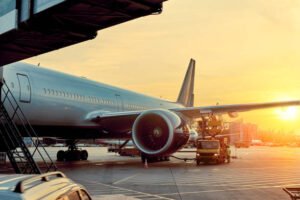
Conclusion
With numerous travel routes available to the United States in 2025, choosing the right one has been more important than ever. Whether the purpose involves studying, working, visiting, or settling permanently, each option has provided unique opportunities and specific requirements. By understanding these top 10 travel paths and aligning them with your goals, your journey to the U.S. can be started with confidence and clarity.

